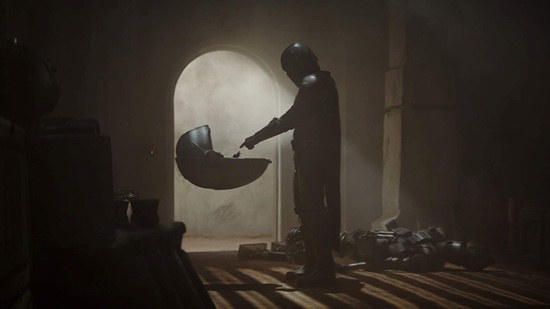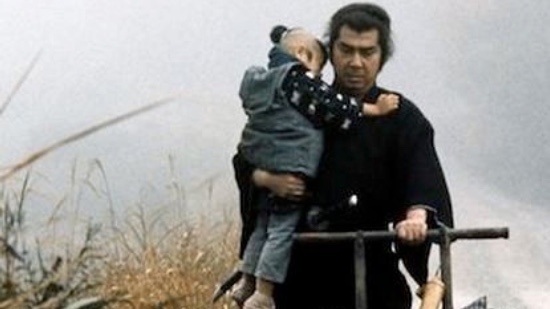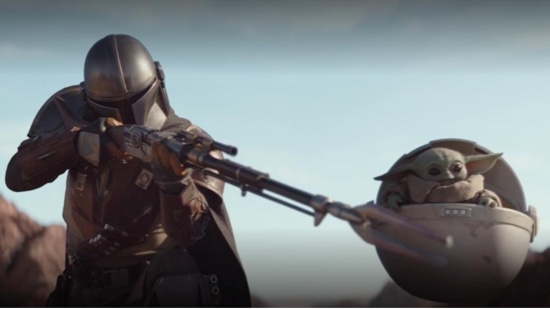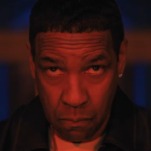Lone Wolf and Cub and Mando
The Mandalorian takes some of its strongest inspiration from a samurai classic.

Note: Beware spoilers for the first four episodes of The Mandalorian, and be sure to see Paste’s impressions of the premiere.

Disney’s first shot at a live-action Star Wars TV show could’ve been basically anything and it would be guaranteed a burst of initial interest. It’s therefore a little disappointing that they’ve decided to stick to desert planets and ice worlds. What they’ve decided to do with story structure in the first three episodes of The Mandalorian, however, is a much more interesting return to the kind of thrilling serials that inspired George Lucas to create the original Star Wars.
Even as it features a terse Man with No Name slinging guns and counting up his blood money, The Mandalorian takes some clear inspiration from the other genre that Star Wars references so often: samurai stories.

After the cold open of The Mandalorian, the eponymous helmeted anti-hero sits across from his bounty hunter guild handler and we learn from their pay negotiations that the Empire has fallen. It’s a period that’s been explored in some of the tie-in novels from the perspectives of major players in the grand political conflicts at the center of Star Wars lore. From the start, The Mandalorian signals that its characters are living with the repercussions of those epic stories. “Mando,” as he’s called (sometimes sneeringly) is just trying to live in a world where political upheaval has destabilized interstellar currency.
That sense of a world far from the center of civilization, viewed from the margins of crumbling society giving rise to listless wanderers, is a staple of the chanbara samurai flicks Lucas took direct inspiration from as he put together his Space Western. It’s true that movies like A Fistful of Dollars and The Magnificent Seven all cribbed from Kurosawa, but the specific feeling of being in a dirty backwater corner of a realm in steep decline is the sort of theme that mostly stayed in its native country even as the plot points traded out swords for six-guns.
As we wrote in our exhaustive list of the best samurai films of all time, movies about steel-on-steel duels between wandering ronin tend to fall in the historical period near the end of the samurai, after centuries of isolationist dictatorship that bred societal stagnation.
That connection is made clear only at the very end of the first episode, after the Mandalorian has zapped his way to his bounty: An infant who bears more than a passing resemblance to one of the series’ most storied characters.

“You would’ve been happier if you’d joined your late mother. My poor child. An assassin with a child. Remember, Daigoro, this is our destiny.”
-

-

-

-

-

-

-

-

-

-

-

-

-

-

-

-

-

-

-

-

-

-

-

-

-

-

-

-

-

-

-

-

-

-

-

-

-

-

-

-









































